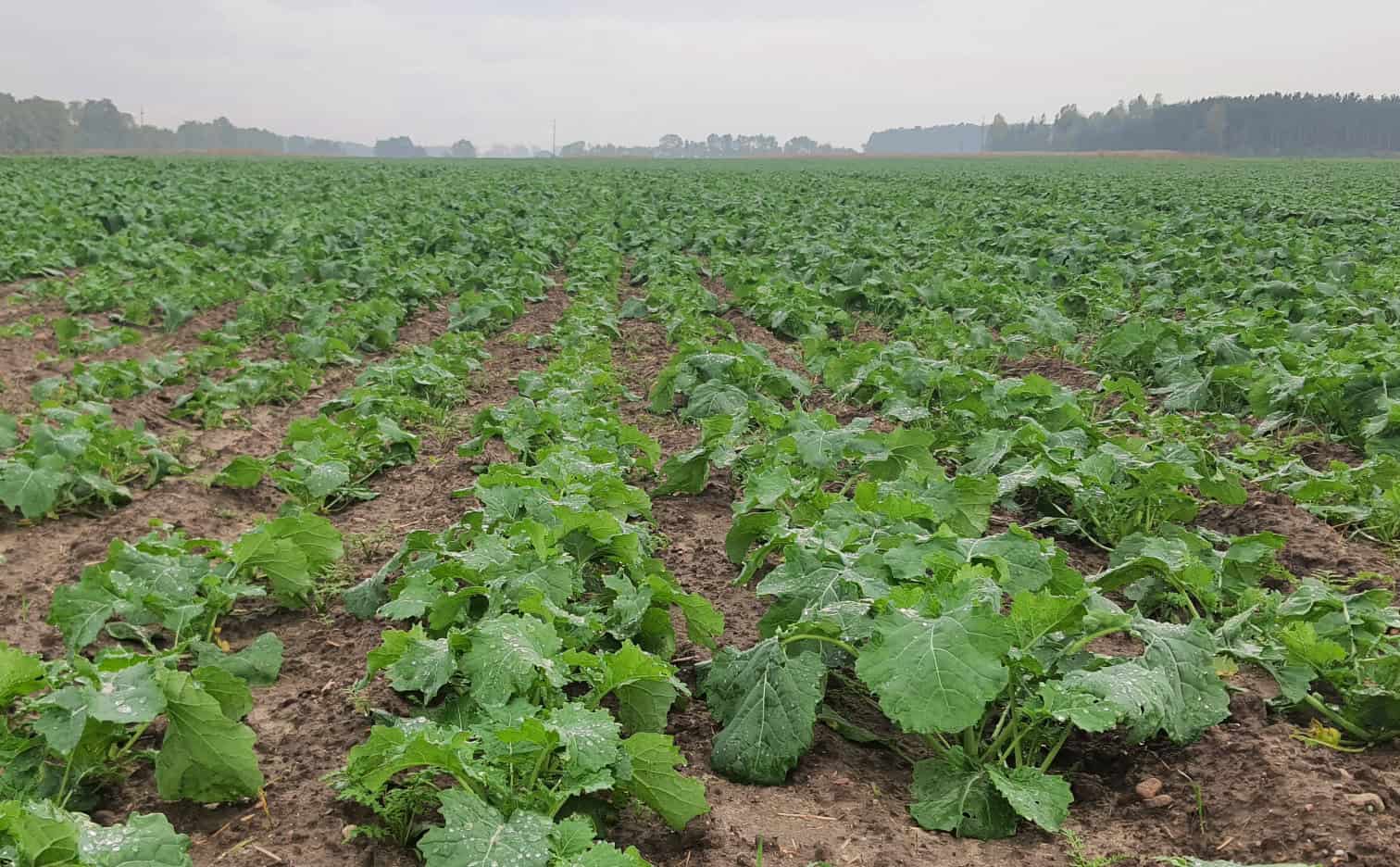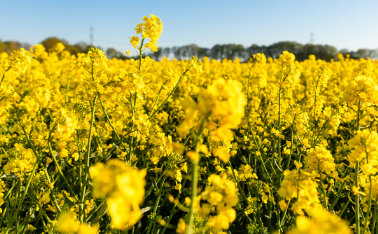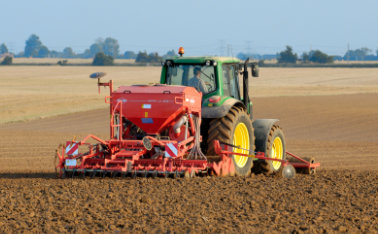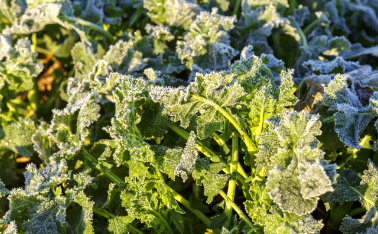Boron applied in autumn in the cultivation of winter rape thickens the cell sap in the plant, which has a beneficial effect on overwintering. It also has a great influence on the development of the root system of plants and prevents the cracking of stems.
The deficiency of this element reduces the possibility of overwintering plants, results in a reduction of inflorescences, lower pollen production, a smaller number of pods and seeds in the pod, and cracking of the stems in unfavorable conditions. The first symptoms are visible in autumn, primarily on the younger parts of the plants. The leaves are small, deformed, wrinkled and brittle. Marbling and purple discoloration are visible on the edges of the leaves, as well as cracks, holes and cavities in the cross-section of the root.
Fertilizing rapeseed with boron
Fertilizing rapeseed with boron should begin in autumn from the 6-8 leaf stage. Next treatments are performed in spring:
- After the start of Vegetation
- In the main shoot development phase
- In the green bud phase
When choosing a product containing boron, remember that boron does not occur in the form of a chelate and has a very high pH of 8 level. Such a high PH level prevents use with insecticides as it limits their action. High pH can also have a negative effect on the formation of tank mixtures and the precipitation of certain ingredients. The best product available on the market is DR GREEN BORIC by Dr Green Sp. z o.o., containing 120 g of boron, 50 g of iron and, very importantly, a pH conditioner. It lowers the pH of the working liquid solution to 4.5. The introductory element to the plant is 14 plant amino acids, which ensures rapid uptake and maximum utilization of the ingredients. The included pH conditioner allows the product to be used together with insecticides, fungicides and magnesium sulphate. This allows for maximum use of the active substances from these products without the need to use additional conditioners to lower the pH.



